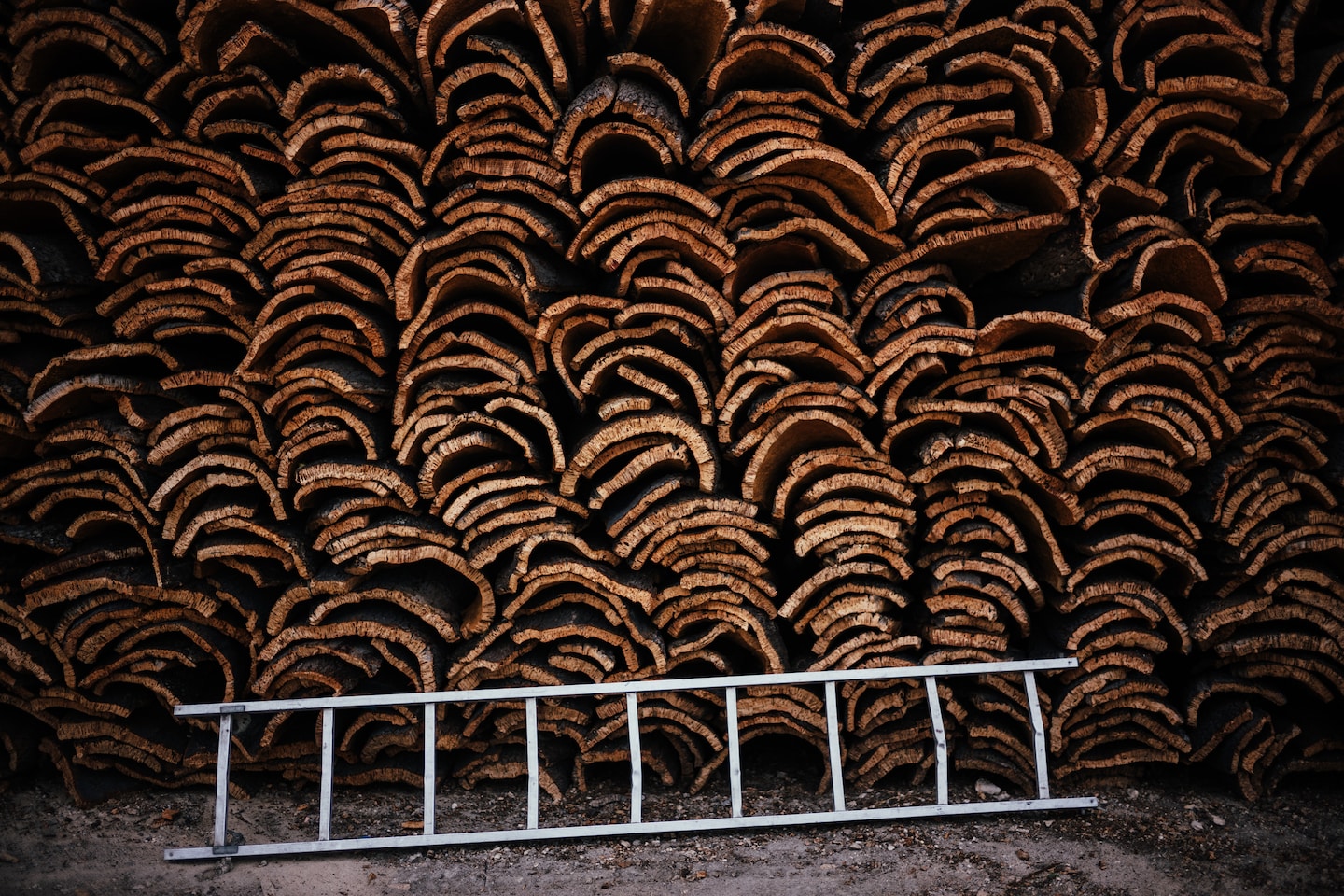This confuses me a bit because I have a fading half-memory of some story from ages ago – maybe a Nature episode? – about how striping the cork from trees was highly stressful and the trees were going to be endangered if we didn’t stop using so much cork. There was some hope that if consumers would accept screw-top wine bottles, perhaps the cork forests could recover, but as long as there was a strong market price for cork (which was more expensive than screw tops, but marked a wine as better quality), people would keep stripping trees.
I have no idea where I heard all that, but it was so long ago that I’ve surely confused the details. Regardless, I wonder what happened between then and now.
I did some quick searching and it sounds like cork farming is great, just hard to ramp up because it takes time for the trees to mature.
I’m sure stripping the bark doesn’t exactly make the trees happy but they don’t cut the trees down and that is a win. It’s always hard to know what is truth and what is a sales pitch but cork generally gets high marks for sustainability.
🤖 I’m a bot that provides automatic summaries for articles:
Click here to see the summary
But in Coruche, a rural area south of the Tagus River known as Portugal’s “cork capital,” the bang of trees falling to the ground doesn’t follow the sound of the ax strokes.
In Portugal, the world’s largest cork producer, the oaks are so cherished they were chosen as the country’s national tree and are protected by law, so it’s forbidden to cut them.
After six months of aging to remove moisture, they will be sorted according to their thickness and quality, then boiled to clean impurities and make the material softer and easier to handle.
The cork oak’s thick bark adapted to defend the tree from fire, making it a powerful insulating material that’s been used to shield fuel tanks on NASA spacecraft and electric car batteries.
One of the world’s oldest known cork oak trees, planted in 1783 in Águas de Moura, is known as “the whistler” because so many birds visit its large sprawling branches.
Interspersing cork oak trees with animals and crops can boost production and biodiversity, but also build soil, control erosion, retain water, combat desertification and sequester carbon, says Pinto-Correia.
Saved 85% of original text.
deleted by creator




